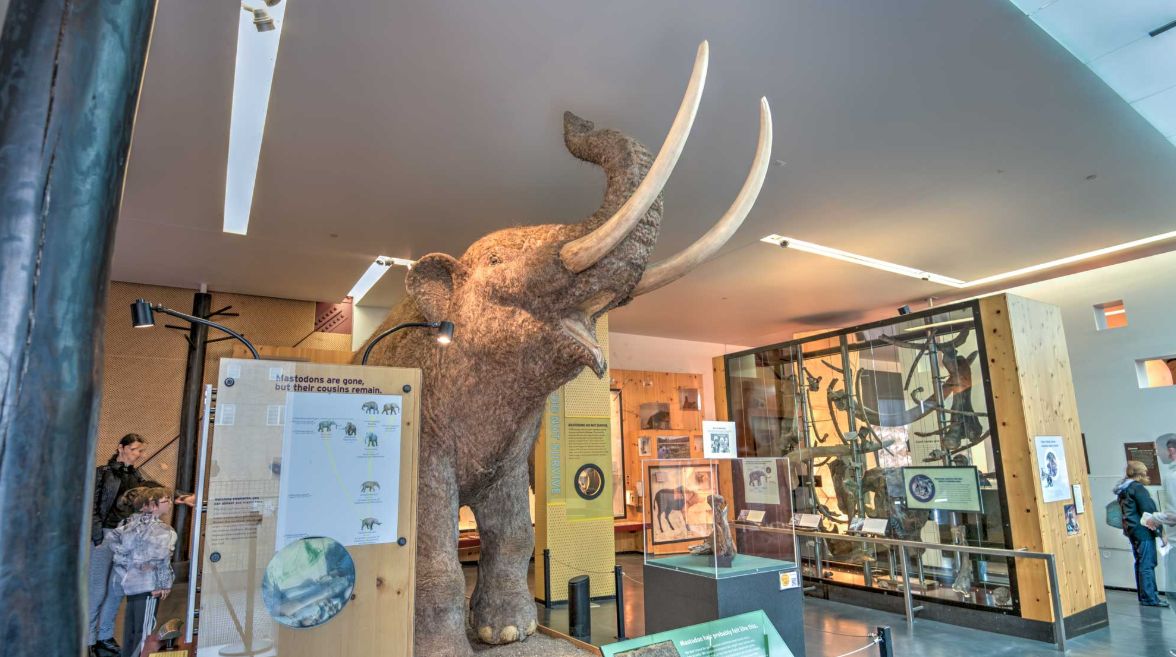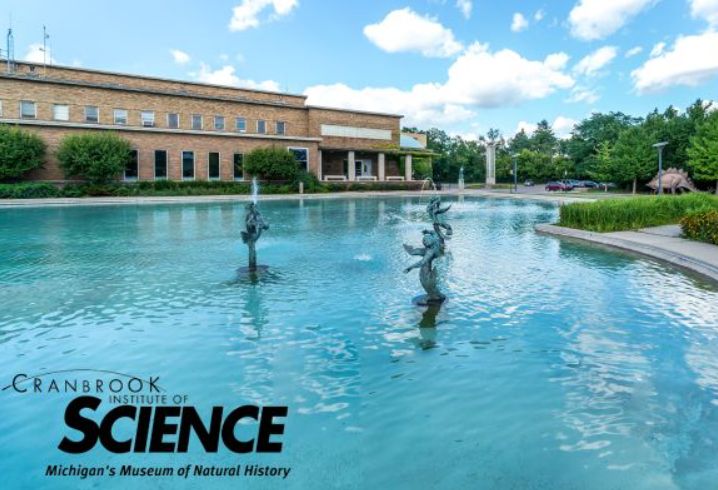History and Mission
Cranbrook Institute of Science, located in Bloomfield Hills, Michigan, is a premier natural history and science museum dedicated to inspiring a passion for understanding the natural world. Established in 1930, the Institute has deep roots in the vision of its founders, George and Ellen Scripps Booth, who initially acquired mineral collections in the 1920s. This laid the foundation for what would become a nationally recognized institution. The Institute continues to foster a lifelong love of learning through its diverse educational programs, extensive collections, and cutting-edge research initiatives. Over the decades, it has expanded its exhibits and facilities, including the dedication of the Eliel Saarinen-designed building in 1938 and the opening of the Acheson Planetarium in 1955.
Exhibits and Collections
The Institute boasts a vast collection of over 200,000 artifacts, offering visitors a comprehensive glimpse into various scientific disciplines. Permanent galleries feature dinosaur fossils, including a life-sized Stegosaurus, as well as interactive exhibits on astronomy, geology, and anthropology. The changing exhibit hall ensures that visitors can experience new and exciting displays with each visit. Additionally, the Erb Family Science Garden and nature trails provide outdoor learning opportunities, while the Acheson Planetarium and Cranbrook Observatory offer immersive astronomical experiences.

Educational Programs
Cranbrook Institute of Science is committed to delivering educational programs that cater to a wide audience. From hands-on workshops and interactive exhibits for children to specialized lectures and research opportunities for adults, the Institute ensures that science education is both accessible and engaging. Collaborations with local schools and community organizations further extend the Institute’s reach, making science a tangible and exciting subject for learners of all ages.
Architectural Significance
Beyond its scientific offerings, the Institute is also celebrated for its architectural beauty. The original building, designed by Finnish architect Eliel Saarinen, exemplifies the Arts and Crafts style and harmoniously blends with the surrounding natural landscape. The campus features other architecturally significant structures, including the Cranbrook House and Gardens, contributing to its designation as a National Historic Landmark.
Visitor Information
Open year-round, Cranbrook Institute of Science welcomes visitors with varying operating hours throughout the week. Guests can also enjoy dining at the Reflections Café, which offers a variety of meal options. Whether you’re a local resident or a traveler, a visit to the Institute promises an enriching experience that combines education, exploration, and inspiration.


